新加坡副总理张志贤:新中合作承前启后,共创丝路互利共赢

新加坡副总理张志贤
新加坡副总理张志贤7月5日在第二十四届中国兰州投资贸易洽谈会上发表主旨演讲。以下是演讲全文:
新中合作承前启后,共创丝路互利共赢
尊敬的中国政协副主席陈晓光先生,
甘肃省委书记林铎先生,
中国商务部副部长高燕女士,
各位贵宾,
女士们,先生们,
大家早上好!
感谢甘肃省政府和中国商务部邀请我到兰州, 访问这座在丝绸之路河西走廊的 金城。
来甘肃之前,我访问了广西和重庆。他们正和新加坡合作,扩大南向通道的 “朋友圈”, 让中国西部地区能直通海洋。
今天,我想先和大家介绍新中双边关系,再谈谈我们在一带一路方面的紧密合作。
新加坡和中国是老朋友。今年, 中国 庆祝 改革开放40 周年。42 年前 , 建国总理李光耀先生 访问中国,会见毛主席。李光耀先生 1976 年的访问和邓小平先生 1978 年的回访为两国关系奠定了基础。一代接一代的领导人也加深了两国的关系。
现在,两国的合作深厚又多元化。两国领导人多次互访。中国国家主席习近平先生2015 年访问新加坡。我国总理李显龙先生去年9月 和 今年4月 访问 中国。我们 也欢迎 中国总理 李克强 先生 今年 11月 访问新加坡。制度化 的 高层交流也让两国关系受益。我前几日见了韩正 副总理,为今年在新加坡举行的联合委员会会议做好准备。同时,自2013年起,中国成为新加坡的最大贸易伙伴。新加坡也是中国的最大外来投资来源国。
两国的双边合作也与时俱进。三个政府间合作项目在中国不同的 发展阶段成立。我希望两国可以再接再厉,共创双赢。苏州工业园区在这20多年里发展良好,现在也探讨在中国以外的项目。天津生态城今年庆祝成立10 周年。我刚访问天津 。生态城有很多新的发展项目。 中新(重庆) 互联互通项目在金融、物流、 航空和数码这四个领域加强互联互通。这几年来,两国在一带一路的合作是新亮点。接下来,让我用英语继续发言。
Natural Partners for the BRI
President Xi Jinping’s “Belt and Road” Initiative, proposed in 2013, is a grand vision that represents China’s efforts to promote regional integration and engage more fully with the global economy.
The Belt and Road Initiative recalls the ancient overland Silk Road economic belt connecting China to Europe, together with the Maritime Silk Road connecting Asia, the Middle East and Africa.
In President Xi’s speech to the Belt and Road Forum for International Cooperation in May last year, President Xi spoke of the Silk Road spirit of “peace and cooperation, openness and inclusiveness, mutual learning and mutual benefit”. 1 This Spirit will contribute to the sustained peace and prosperity of all countries along the Belt and Road.
Historically, Singapore has been a key node along the ancient Maritime Silk Road, and remains globally-connected today.
a. Visitors to Singapore can see the exhibition of the Belitung Shipwreck that was highlighted by President Xi in his opening speech at the inaugural Belt and Road Summit in 2017.
b. The Belitung shipwreck is a symbol of Singapore’s engagements with distant civilisations far beyond our shores since the Tang Dynasty.
As globally-connected countries, Singapore and China are natural partners for the long-term development of the BRI.
a. Both Singapore and China are trading nations.
- Singapore’s trade is more than 3 times the size of our GDP. We are a global trading hub. We have more than 22 Free Trade Agreements, including with China which both countries are planning to upgrade.
- China is both the world’s largest manufacturer and second biggest consumer market. It is the top trading partner for more than 120 countries, including most ASEAN countries.
b. We are also maritime nations.
- Singapore and China are home to the world’s top two busiest container ports with economies that are heavily dependent on maritime trade.
- iTherefore, Singapore and China have a common interest in keeping the sea lanes open to vessels from all nations, upholding international law, and strengthening the multilateral trading system.
- The PLA Navy (or “PLAN”) has deployed its ships in recent years to protect international shipping against piracy in the Gulf of Aden. The PLAN has carried out this mission together with other navies, including the Singapore Navy. No country can do this alone. International cooperation is required.
- I visited Chinese frigate Huangshan in Singapore’s Changi Naval Base for our Navy’s 50th anniversary last May. Huangshan is one of the PLA Navy ships that our Navy had worked together with in the Gulf of Aden.
- Our Navy ships have also visited China many times. I visited Singapore Navy ship Resolution in Shanghai in 2015. RSS Intrepid also visited Qingdao for PLA Navy’s 68th anniversary in 2017.
c. Both our countries are committed to creating more opportunities for development and growth by strengthening global economic and trade cooperation to achieve win-win outcomes.
d. These common objectives drive the continued deepening of cooperation between Singapore and China on the BRI.
China is making significant investments in countries along the Belt and Road. China is fully aware that realising the full potential of the Belt and Road Initiative goes beyond investing in individual projects. The BRI is about connectivity and inclusiveness.
- Going beyond the individual projects, to how they connect together in a network.
- Going beyond funding just from China’s own financial resources, to leveraging on funding by multiple stake-holders.
- Going beyond just physical linkages, to include digital and human networks across national borders.
- Going beyond specific contracts, to provide a conducive environment for investments and certainty for businesses and project participants.
Key Areas of Cooperation on BRI
By combining our strengths and expertise we can better address the long-term needs for developing the BRI. Singapore and China are focused on promoting BRI cooperation in four priority areas, namely infrastructure connectivity, financial connectivity, cooperation in third countries and professional services.
Infrastructure Connectivity
a. First, we can enhance connectivity in BRI projects. By connecting individual projects in innovative ways to substantially lower logistics costs, and speed up and increase the flow of goods and services.
b. The China-Singapore (Chongqing) Demonstration Initiative for Strategic Connectivity (or “CCI”) is one such example. Both countries place emphasis on the CCI as a key priority demonstration project under the Belt and Road, Western Region Development and Yangtze River Economic Belt Strategies.
c. A key innovation in the CCI is the CCI-Southern Transport Corridor
(or “CCI-STC”). The CCI-STC is a multi-modal transport corridor which links Chongqing to Guangxi by rail, and from Guangxi to Singapore and beyond by sea.
d. Strategically, the CCI-STC is significant as it is the first substantive link between the overland Silk Road Economic Belt and the 21st Century Maritime Silk Road. It is a new direct, reliable, secure and shorter link that is entirely within China, to connect the provinces in Western China to the sea.
e. The CCI-STC has significantly reduced the time to transport goods between Chongqing and Singapore from three weeks to about one week. This is a third of the time taken for traditional routes and saves approximately 1300 km.
f. The CCI-STC is an open platform. Singapore welcomes all parties to use this. With more stakeholders, we can aggregate volume, build economies of scale and lower costs. This will benefit all parties. We can also facilitate trade by enhancing customs coordination, sharing and simplifying trade documentation to reduce time and transport costs.
Financial Connectivity
a. Second, we can strengthen financial connectivity through Singapore’s close collaboration with China in RMB internationalisation and capital markets connectivity.
b. Emerging Asia alone is expected to require US$26 trillion of infrastructure investment from now to 2030. This creates opportunities to deepen financial linkages between Singapore and China to support new project financing needs and the internationalisation of the RMB. Singapore is now one of the top three offshore RMB clearing centres globally.
c. With the support of the Chinese authorities, Singapore also piloted cross-border RMB financing with Suzhou, Tianjin and Chongqing.
d. Chinese financial institutions have issued RMB 46.8 billion
(S$ 9.7 bil) in bonds in 2016 to tap the Singapore market to raise funds to support the financing needs of BRI projects at lower interest costs.
e. China aims to have one-third of its cross-border payments denominated in RMB by 2020. According to the People’s Bank of China, Singapore accounted for 8.2% of all cross-border RMB receipts and payments with China in 2016 and this is the highest outside of China. We are in a good position to further support China in this next phase of China’s RMB internationalisation.
f. Infrastructure financing is a key priority for Singapore’s ASEAN Chairmanship this year. Singapore is currently working with our ASEAN partners, the Asian Infrastructure Investment Bank, as well as multilateral development banks and international financial institutions with offices in Singapore such as the International Bank for Reconstruction and Development, the International Finance Corporation, the Multilateral Investment Guarantee Agency, and international banks, to better mobilise private capital for infrastructure project financing in the region. In addition, Singapore has a mature ecosystem in fintech and the digital domain. Chinese companies have strengths in these areas, and our companies can work together in these emerging sectors for regional growth.
Cooperation in Third Countries
a. Third, Singapore and China can also work together in third countries.
b. Companies in our two countries have a growing interest to expand abroad. By working together, our companies can bring their own comparative advantages to the table, including their business networks, local knowledge and technical know-how.
c. During PM Lee Hsien Loong’s visit to China in April 2018, we signed an MOU to Promote Greater Collaboration between Singapore and Chinese Companies in Third-Party Markets Along the Belt and Road. We hope to catalyse more such partnerships between Singapore and Chinese companies in markets such as Southeast Asia.
d. We are also exploring jointly conducting training for officials from other Belt and Road countries to build greater capacity to embark successfully on Belt and Road projects.
Providing Supporting Professional Services
a. Fourth, the BRI involves cross-border, high-value and long term investments. Projects therefore need a well-understood framework that provides clarity, certainty, and trust among the various project participants. This will help the key professionals such as architects, auditors, engineers and lawyers support the projects so that they are delivered according to the agreements, on time and on budget.
b. A neutral, trusted and efficient dispute resolution mechanism will also help resolve differences in projects should they arise. Many international businesses have chosen the Singapore International Arbitration Centre as the top venue in Asia to work through commercial differences and bring projects back on track.
c. Singapore and China’s Chief Justices also co-chair an annual roundtable for collaboration. Singapore and China can work towards a comprehensive commercial dispute resolution mechanism, covering arbitration, mediation and litigation, to meet the full range of business needs.
Conclusion
19. Singapore and China have enjoyed a strong friendship for more than 40 years, through mutually beneficial cooperation. Our partnership has progressed with the times, reflecting new needs and opportunities in line with the development of our two countries. On this firm foundation, I believe that we can break new ground through cooperation on the Belt and Road initiative, and take our relations to greater heights.
新中合作承前启后,共创丝路互利共赢 ! 谢谢大家!




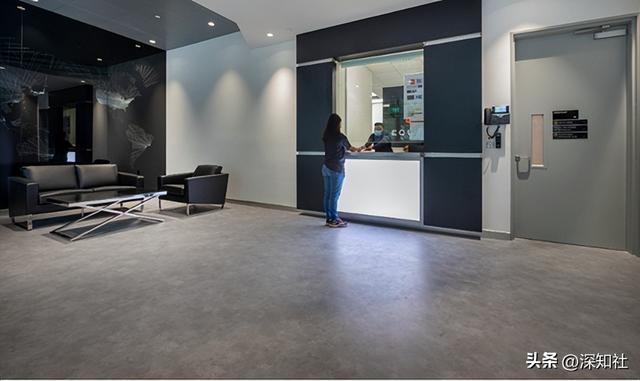
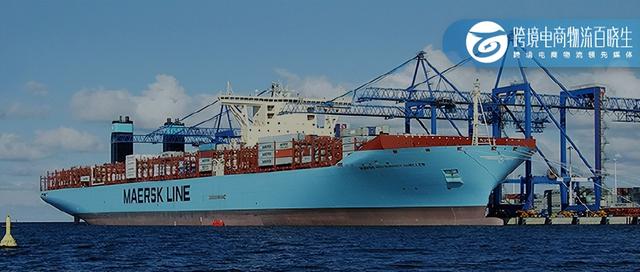

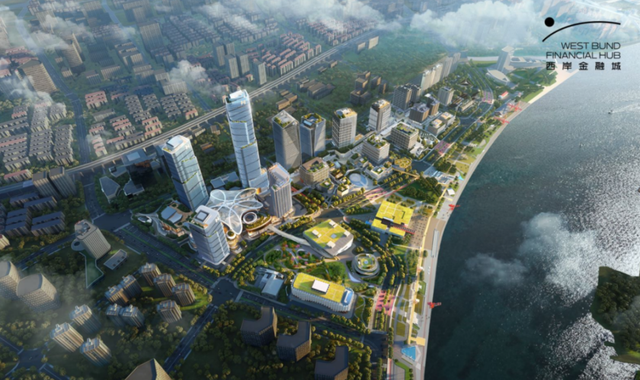
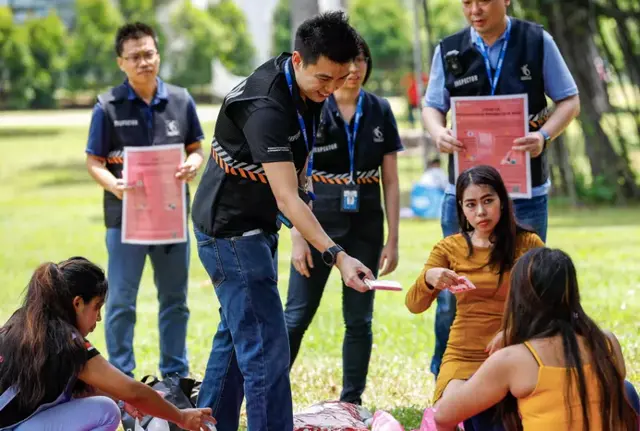
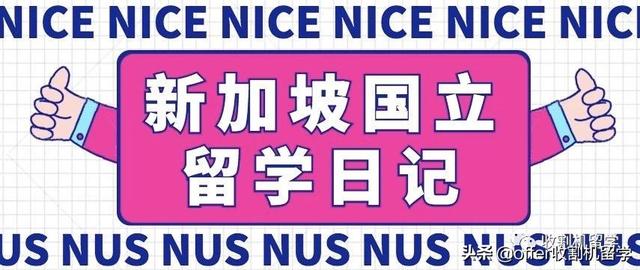












评论